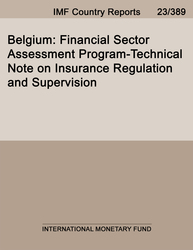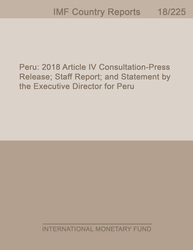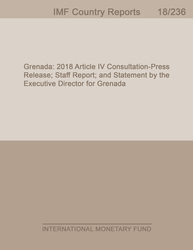
Belgium: Financial Sector Assessment Program-Technical Note on Insurance Regulation and Supervision
Belgium: Financial Sector Assessment Program-Technical Note on Insurance Regulation and Supervision
READ MORE...
Volume/Issue:
Volume 2023
Issue 389
Publication date: December 2023
ISBN: 9798400261992
$20.00
Add to Cart by clicking price of the language and format you'd like to purchase
Available Languages and Formats
| English |
Prices in red indicate formats that are not yet available but are forthcoming.
Topics covered in this book
This title contains information about the following subjects.
Click on a subject if you would like to see other titles with the same subjects.
Finance , Money and Monetary Policy , International - Economics , Business and Financial , risk assessment framework , pre-emptive conduct supervision , conduct risk , group supervision , NBB's role , Insurance companies , Insurance , Mortgages , Financial Sector Assessment Program , Solvency , Global
Also of interest
Summary
The Financial Sector Assessment Program (FSAP) conducted a focused review of insurance regulation and supervision in Belgium. This technical note (TN) provides an update on the insurance sector and highlights risks and vulnerabilities. It analyzes key aspects of regulatory and supervisory oversight: supervisor; the solvency framework; supervision (micro and macro); changes in control and portfolio transfer, reinsurance; conduct of business and group supervision and supervisory co-operation and co-ordination.2 Belgium has adopted a twin peaks model of regulatory oversight and supervision. The National Bank of Belgium (NBB) is responsible for prudential supervision at both a micro and macro level whilst the Financial Services and Markets Authority (FSMA) is mandated with conduct of business supervision. The analysis focuses on supervision within the scope of the NBB’s and the FSMA’s mandates. The TN comments on progress in respect of the implementation of recommendations made by the previous FSAP and offers further recommendations to strengthen the regulatory and supervisory regime.
Copyright © 2010 - 2025
Powered by:
AIDC



